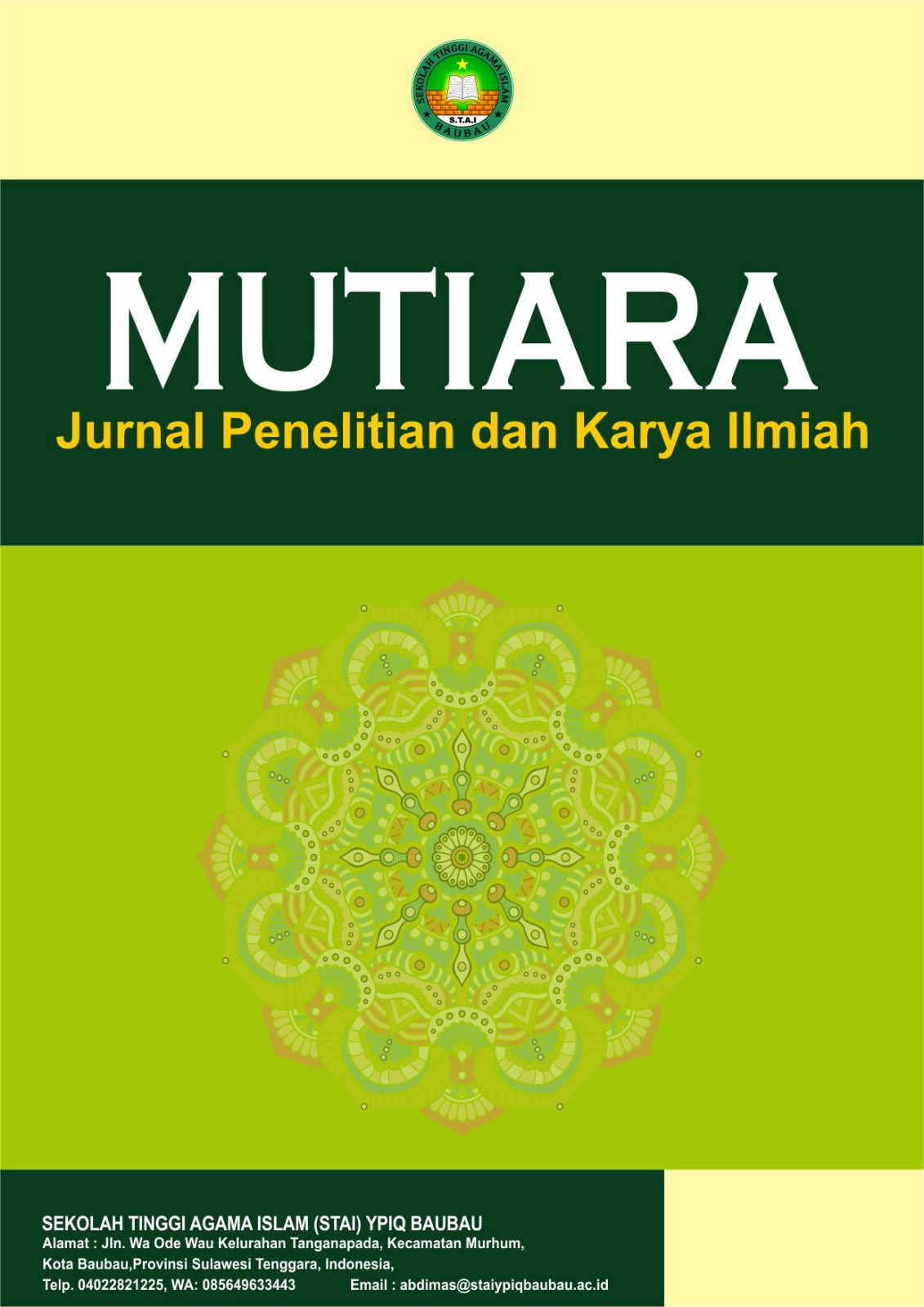Analisis Kinematik Power Clean Terhadap Klub Batavia Bersatu Maju 2024
DOI:
https://doi.org/10.59059/mutiara.v2i5.1605Keywords:
Analysis, Power Clean, Kinematic, Angle PositionAbstract
The purpose of this study is to find out the kinematic analysis of power clean for the Batavia Bersatu Forward 2024 club. This type of research is research. The research population is several members of the Batavia Bersatu Maju weightlifting located in Parung Panjang, Jagabita village, Bogor Regency with a total of 16 lifters, 8 male members and 8 female members. The sampling technique uses Total Sampling as saturated sampling or census, is a sampling technique in which the entire research population is selected as a sample. Kinematic data collection of power clean, namely angles using APECS software media: Body Posture Evaluation by sampling, namely by recording a video after that and then analyzing each angle of kinematic movement of power clean. From the results of the kinematic analysis of the power clean, they include Hip Angle, Torso Angle and Knee Angle. The results of the study showed that athletes 1 to 16 were inferred to be the Angle that was present to analyze the power clean, namely the Knee Angle, Hip Angle, and Torso Angle. The number of Mean Knees was 114.1875 ago, the Mean Torso was 102.125 ago, and the Mean Hip was 131.354. Then the Median Knee Number 102, then the Median Torso 111, then the Median Hip Number 102, then finally the number of Knee Mode 111, then Torso Mode 104, then Hip Mode 128.5.
References
Arikunto, S. (2010). Prosedur penelitian: Suatu pendekatan praktik. Jakarta: Rineka Cipta.
Bartlett, R. (2007). Introduction to sports biomechanics: Analysing human movement patterns (2nd ed.). Routledge.
Bartonietz, K. (2023). Olympic weightlifting: A comprehensive guide to technique, training, and competition. [Publisher not specified].
Bompa, T. O., & Haff, G. G. (2009). Periodization: Theory and methodology of training. Human Kinetics.
Bungin, B. (2005). Metodologi penelitian kuantitatif. Jakarta: Kencana.
Creswell, J. W. (2014). Research design: Qualitative, quantitative, and mixed methods approaches (4th ed.). Sage Publications.
Enoka, R. M. (2008). Neuromechanics of human movement (4th ed.). Human Kinetics.
Escamilla, R. F., & Hakkinen, K. (2006). Strength training and injury prevention. The Journal of Sports Medicine and Physical Fitness, 46(1), 1-6.
Fraenkel, J. R., Wallen, N. E., & Hyun, H. H. (2012). How to design and evaluate research in education (8th ed.). McGraw-Hill Education.
Fry, A. C., & Kraemer, W. J. (2001). Physical performance characteristics of American collegiate female volleyball players. Journal of Strength and Conditioning Research, 15(4), 455-460.
Garhammer, J., & Takano, B. (1992). Training for weightlifting. In Strength and power in sport (2nd ed., pp. 361-376). Blackwell Science Ltd.
Hughes, M. D., & Bartlett, R. M. (2002). The use of video feedback in the coaching of sports. Journal of Sports Sciences, 20(10), 747-757.
Issurin, V. B. (2010). New horizons for the methodology and physiology of training periodization. Sports Medicine, 40(3), 189-206.
Knudson, D. (2007). Fundamentals of biomechanics (2nd ed.). Springer.
Kraemer, W. J., & Ratamess, N. A. (2004). Fundamentals of resistance training: Progression and exercise prescription. Medicine and Science in Sports and Exercise, 36(4), 674-688.
Margono. (2004). Metodologi penelitian pendidikan. Jakarta: Rineka Cipta.
McKenzie, J. F. (2020). An introduction to descriptive statistics. Sage Publications Ltd.
Merriam, S. B., & Tisdell, E. J. (2016). Qualitative research: A guide to design and implementation (4th ed.). John Wiley & Sons.
Nawawi, H. (2010). Metode penelitian bidang sosial. Yogyakarta: Gajah Mada University Press.
Rippetoe, M. (2011). Starting strength: Basic barbell training (3rd ed.). The Aasgaard Company.
Robertson, D. G., & Gossman, M. R. (2013). Biomechanical differences between power clean variations. Journal of Strength and Conditioning Research, 27(1), 182-191.
Sato, K., & Horiuchi, T. (2017). Blood flow restricted training leads to myocellular macrophage infiltration and upregulation of IGF-1 and MyoD mRNA. Journal of Applied Physiology, 122(5), 1206-1214.
Suchomel, T. J., Nimphius, S., & Stone, M. H. (2016). The importance of muscular strength in athletic performance. Sports Medicine, 46(10), 1419-1449.
Sugiyono. (2017). Metode penelitian kuantitatif, kualitatif, dan R&D. Bandung: Alfabeta.
Downloads
Published
How to Cite
Issue
Section
License
Copyright (c) 2024 Mutiara : Jurnal Penelitian dan Karya Ilmiah

This work is licensed under a Creative Commons Attribution-ShareAlike 4.0 International License.








